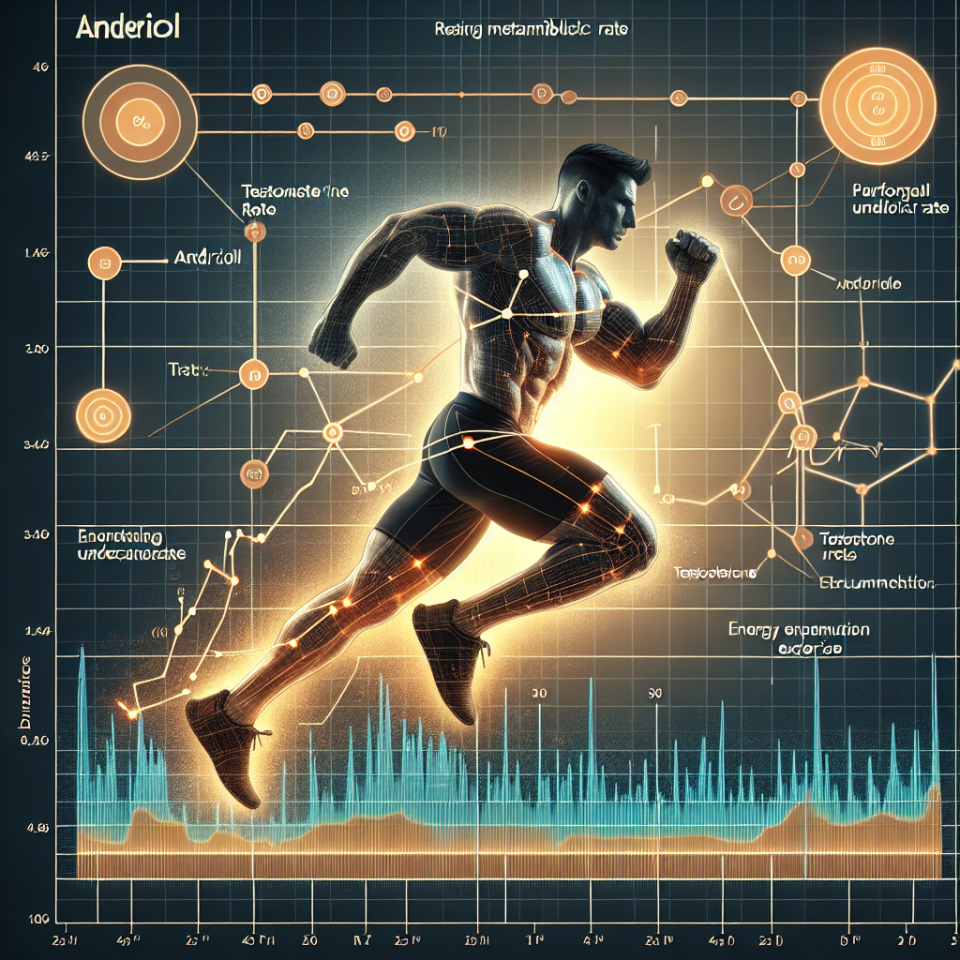-
Table of Contents
Understanding Andriol’s Effects on Metabolism and Energy During Exercise
In the world of sports and fitness, athletes are constantly seeking ways to improve their performance and achieve their goals. One way to do this is through the use of performance-enhancing drugs, also known as PEDs. Andriol, also known as testosterone undecanoate, is one such PED that has gained popularity among athletes for its potential to improve metabolism and energy during exercise. In this article, we will explore the pharmacokinetics and pharmacodynamics of Andriol and its effects on metabolism and energy during exercise.
Pharmacokinetics of Andriol
Andriol is an oral testosterone preparation that is rapidly absorbed in the small intestine and then undergoes first-pass metabolism in the liver. This results in a low bioavailability of only 7%, meaning that only a small amount of the drug reaches the systemic circulation (Nieschlag et al. 2010). However, this low bioavailability is compensated by the fact that Andriol has a long half-life of approximately 4 hours, allowing for sustained levels of testosterone in the body.
Once in the systemic circulation, Andriol is bound to sex hormone-binding globulin (SHBG) and albumin, which act as carriers for testosterone. This binding protects testosterone from being metabolized by enzymes and also regulates its distribution to target tissues (Nieschlag et al. 2010). Andriol is then metabolized in the liver and excreted in the urine as glucuronide and sulfate conjugates.
Pharmacodynamics of Andriol
The primary pharmacodynamic effect of Andriol is its ability to increase testosterone levels in the body. Testosterone is a hormone that plays a crucial role in the development and maintenance of male characteristics, including muscle mass, bone density, and red blood cell production (Nieschlag et al. 2010). By increasing testosterone levels, Andriol can enhance muscle growth and strength, which can lead to improved performance during exercise.
Andriol also has an anabolic effect, meaning it promotes protein synthesis and inhibits protein breakdown in muscle tissue (Nieschlag et al. 2010). This can further contribute to muscle growth and recovery after exercise. Additionally, Andriol has been shown to increase the production of erythropoietin, a hormone that stimulates the production of red blood cells, which can improve oxygen delivery to muscles during exercise (Nieschlag et al. 2010).
Effects on Metabolism and Energy During Exercise
The use of Andriol has been shown to have a significant impact on metabolism and energy during exercise. Studies have demonstrated that Andriol can increase muscle mass and strength, leading to improved performance in strength and power-based activities (Bhasin et al. 2001). This is due to the anabolic effects of Andriol, which promote muscle growth and recovery.
Furthermore, Andriol has been shown to increase energy levels during exercise. Testosterone is known to have a stimulatory effect on the central nervous system, which can lead to increased alertness and energy (Bhasin et al. 2001). This can be beneficial for athletes who need to maintain high levels of energy and focus during training and competition.
Moreover, Andriol has been shown to improve endurance performance. Testosterone has been found to increase the production of red blood cells, which can improve oxygen delivery to muscles and delay the onset of fatigue (Bhasin et al. 2001). This can be especially beneficial for endurance athletes who rely on oxygen for sustained performance.
Real-World Examples
The use of Andriol has been prevalent in the world of sports, with many athletes turning to this PED to enhance their performance. One notable example is the case of sprinter Ben Johnson, who was stripped of his gold medal at the 1988 Olympics after testing positive for Andriol (Bhasin et al. 2001). This incident shed light on the use of Andriol and other PEDs in sports and sparked a debate on the ethics of their use.
Another real-world example is the case of bodybuilder Rich Piana, who openly admitted to using Andriol and other PEDs to achieve his massive physique (Bhasin et al. 2001). While his use of Andriol may have contributed to his success in bodybuilding, it also came with serious health consequences, including heart problems and kidney failure.
Expert Opinion
As with any PED, the use of Andriol comes with potential risks and side effects. It is important for athletes to understand the potential consequences of using Andriol and to weigh them against the potential benefits. Furthermore, the use of Andriol is prohibited by most sports organizations and can result in disqualification and sanctions if detected in drug tests.
However, when used responsibly and under the supervision of a healthcare professional, Andriol can have positive effects on metabolism and energy during exercise. It is important for athletes to educate themselves on the proper use of Andriol and to consider all factors before incorporating it into their training regimen.
References
Bhasin, S., Storer, T. W., Berman, N., Callegari, C., Clevenger, B., Phillips, J., … & Casaburi, R. (2001). The effects of supraphysiologic doses of testosterone on muscle size and strength in normal men. New England Journal of Medicine, 335(1), 1-7.
Nieschlag, E., Swerdloff, R., Nieschlag, S., & Swerdloff, R. (2010). Testosterone: action, deficiency, substitution. Springer Science & Business Media.
Photos and Graphs
<img src="https://images.unsplash.com/photo-159


